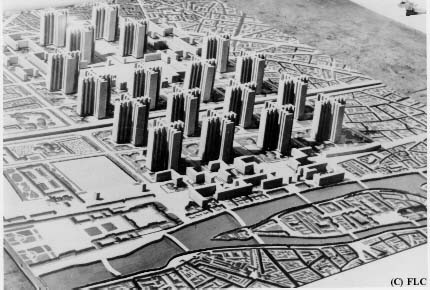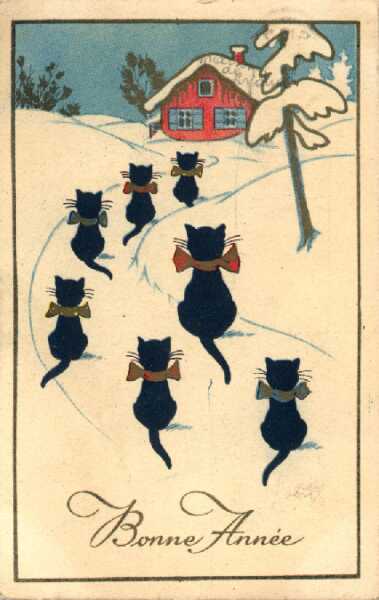the book, unlike the typical American history textbook, has a real sympathy for the free market economy and does not make the free market the scapegoat for every ill in America. To the contrary, it shows how central market economics has been to American prosperity. It doesn't go after businessmen as the source of all evil and portray government as the repository of people who are just disinterested crusaders for justice, for example.
Helpfully, Eric connects the dots that align Woods with the League of the South, of which he is a founding member. We've pondered the League of the South on these virtual pages recently before: another founding member is Steven Wilkins, co-author, with Douglas Wilson, of Southern Slavery As it Was.
Picking back up on Woods' own description of the book:
Secondly, it's sort of Jeffersonian. It has sympathy for the idea of local self-governance. Unlike the typical treatment of American history, it does not portray the centralization in Washington as an unambiguously progressive development--that the more power gets centralized, the better the country is.
This thesis is being pursued in not so subtle commentary to Eric's post and the cross-post at ACS Blog. "Deoxy" writes, for example, "'the constitution was never understood to be a permanent union' - as evidenced profusely by many writings of the founding fathers and their references to seceding from England."
Now, I don't know much about history, but this much I know. At least among the political elite of North Carolina prior to the Civil War, there was a strong belief that the Constitution contained no such thing as a "right to secede." Judge Thomas Ruffin was the most senior of the state's delegates to a peace conference held in Washington in 1861. He worked as hard as he possibly could to reach an agreement that would both preserve slavery and preserve the union, for he was convinced, as were other leading southerners, that no right of secession existed. "I was born before the Constitution was adopted," he said from the floor of the conference. "May God grant that I do not outlive it."
The conference was unsuccessful in producing compromise, and Ruffin went on to cast his vote in Hillsborough in favor of secession. But as one historian put it,
He later described this position as a belief in the "sacred right of revolution"--"the right of a whole people to change their form of Government by annulling one Constitution and forming another for themselves." Thus he endorsed secession not because he believed in a constitutional right to separate from the Union but only as a revolutionary act against an oppressive federal government that he believed had already destroyed the existing Constitution.(Timothy S. Huebner, The Southern Judicial Tradition: State Judges and Sectional Distinctiveness, 1790-1890 [Georgia Univ. Press, 1999].)
A curious thing happened next. Judge Ruffin lost a lot in the war; the Yankees just about destroyed his farm in Alamance County. This is from a letter from C.S. Wooten to Judge Walter Clark written in 1915, remembering the beloved judge (by then long dead):
I saw Judge Ruffin several times. I remember coming down on the cars from the up country in the fall of 1865 & he put out on the train at Hillsboro & went to Raleigh. I heard him talking on the cars & he said I defended the ordinance of secession. I would do it again if the halter was around my neck. He said the Yanks burnt over 14 miles of fence & carried off over 20 horses from him.(Walter Clark collection, N.C. Archives.)
It appears that the judge may have revised in his own mind, after the war was over, how he thought about secession. It seems at least possible that the strength of the claims for the weakness of Union ties rose considerably after those ties were so violently broken.













